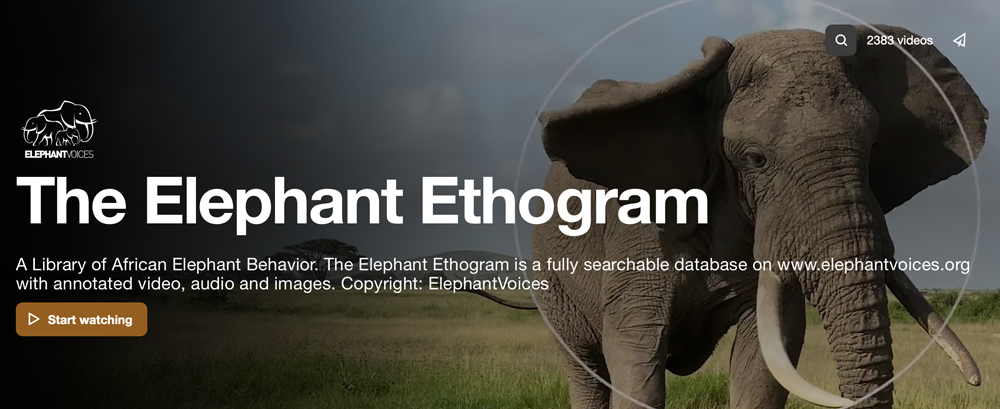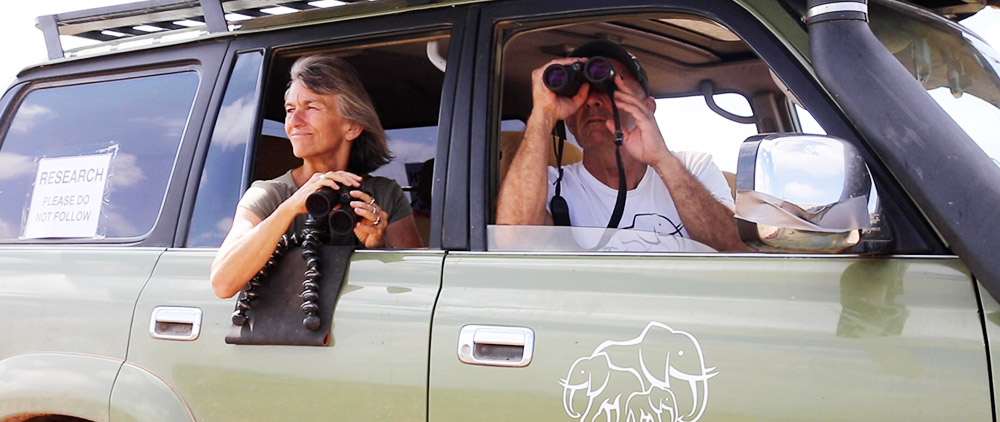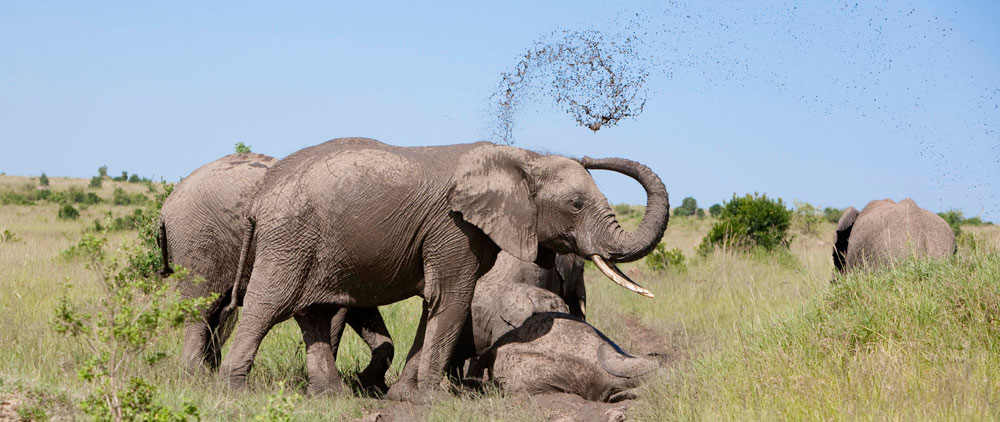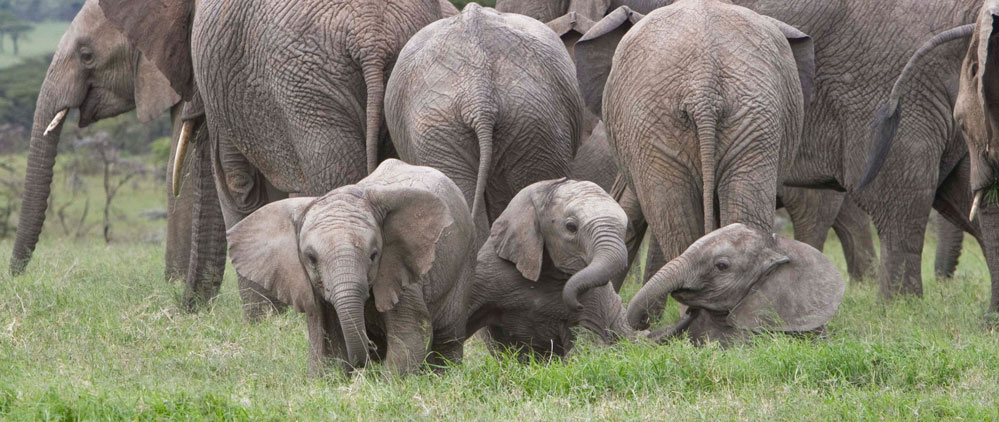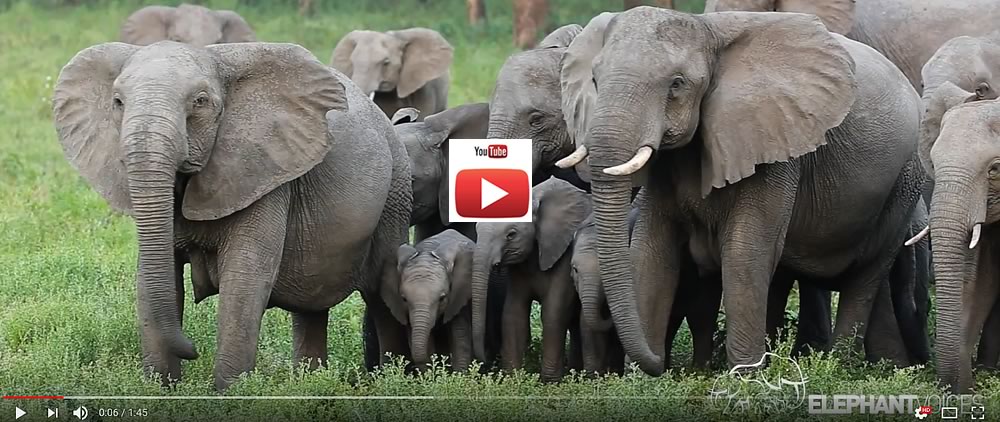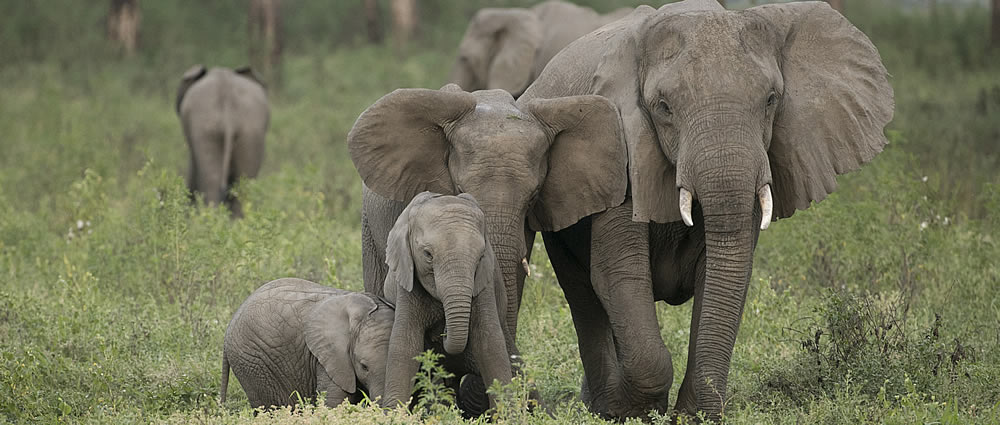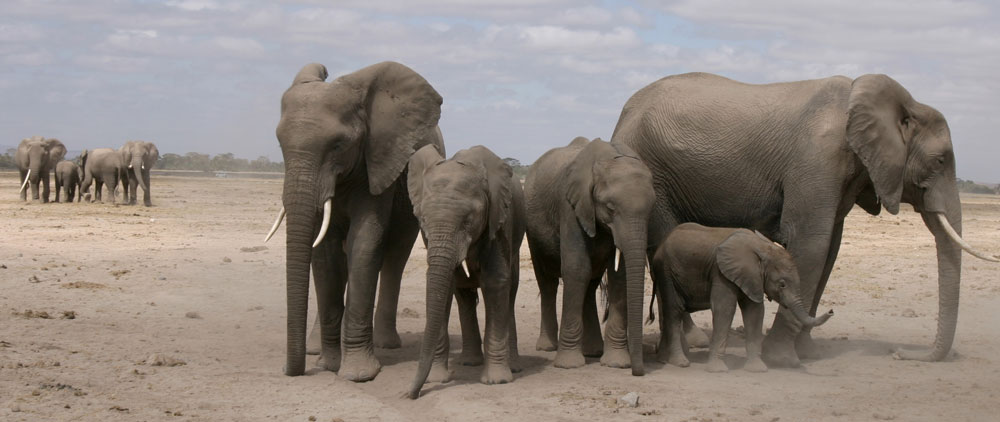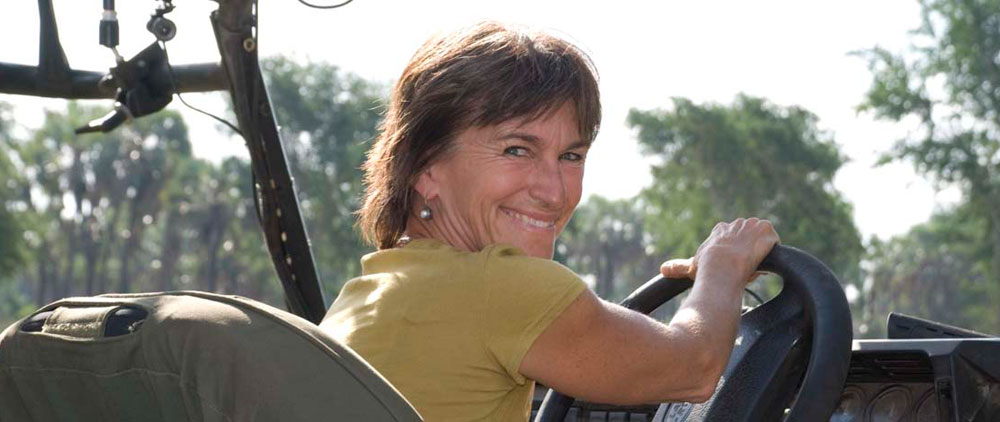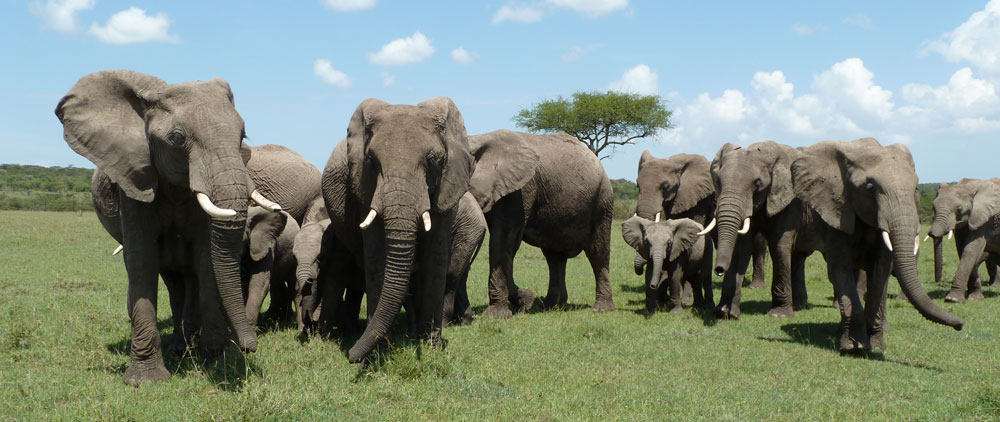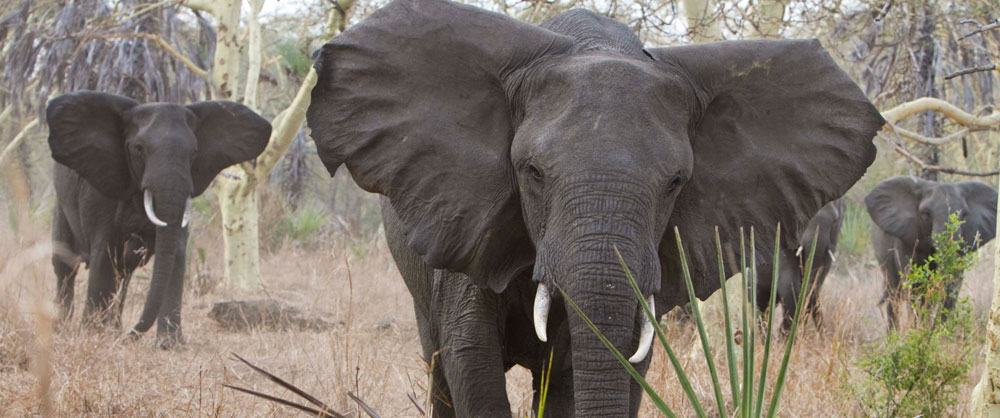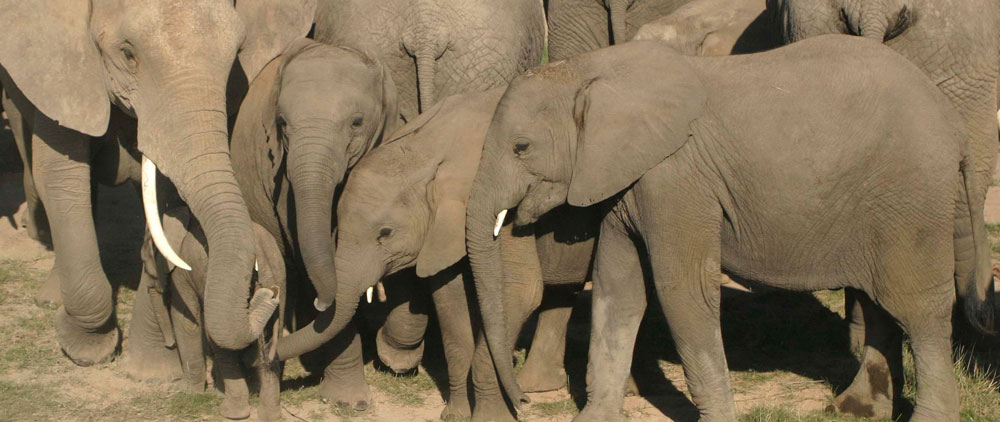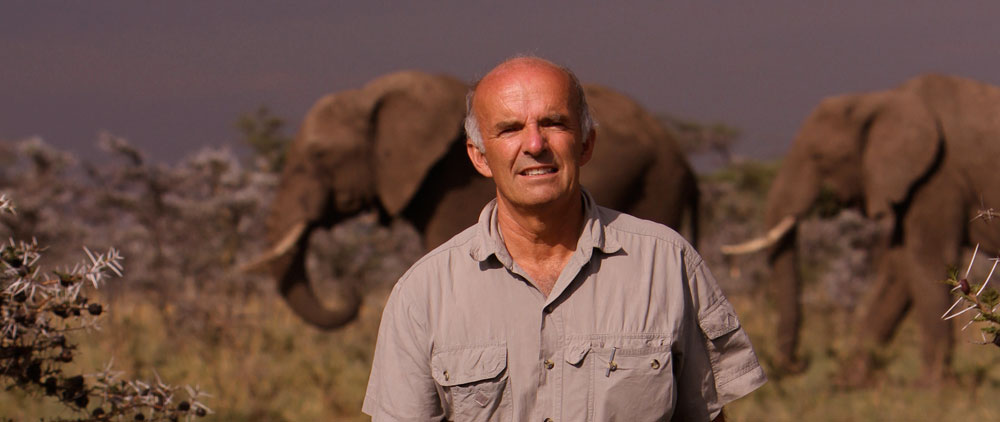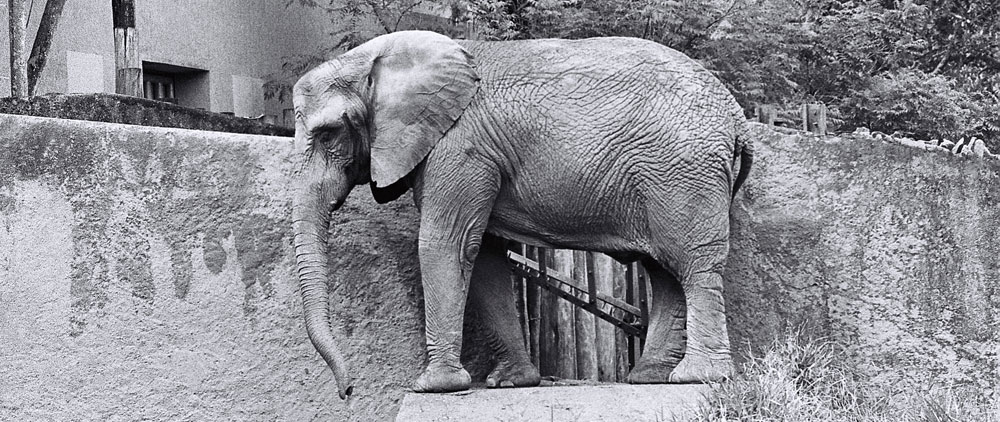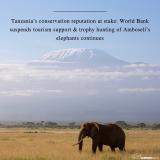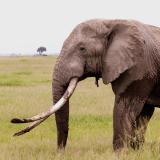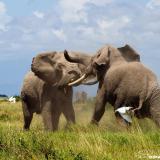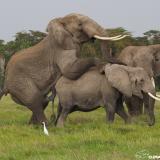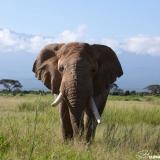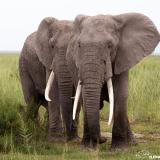human-elephant conflict
-
Elephants squeezed into conflict
Exploding human populations, rising consumption of natural resources and the expansion of human activities into previously remote areas is continuing to deplete and further fragment traditional elephant habitat, causing conflict and loss of life. Practical solutions and imaginative new ideas are needed if we are to make a difference. Even more important we, human beings, must begin to curb our excesses and live in balance with available natural resources, if we want to safe-guard ecosystems for elephants, other species, and ultimately, for ourselves.
The increasing conflict between elephants and people has two faces. People endure loss of life and property and elephants suffer injuries and mortalities. Just as in negotiating between warring human societies, promoting co-existence between two species requires an understanding of the needs of the protagonists. Over the years numerous projects has been launched to find ways to create more harmony between elephants and people - Save the Elephants Human-Elephant Coexistence Toolbox represents one major, evidence-based initiative.
Poor land use and exploding human populations
Conservationists, wildlife managers and funding agencies have tended to focus on mitigating the symptoms of human-elephant conflict, through erecting barriers, developing deterrents and early warning systems, and sensitising local communities, rather than managing or eliminating
-
Elephants under pressure
Poaching for the commercial trade in ivory, increasing loss and fragmentation of natural habitats, conflict with people over diminishing resources and a multitude of human practices threaten the survival and well-being of wild elephants, every day. Fueled by poverty, greed and ruthless or ignorant buyers, poaching peaked once more during the period between 2008 to 2015. The killing of elephants for their tusks spiralled out of control, accounting for as many as 30,000 to 40,000 elephant mortalities each year. This new, destructive wave was first reported in Scientific American in July 2009 (2.59 MB), but it took time before the world started to face and act on a brutal, inconvenient truth. To this figure add the thousands of calves who die as a result of their mother's deaths, and the trauma and devastation caused by the slaughter.The wanton destruction of habitat and the killing of elephants due to conflict over limited resources adds many thousands more deaths to the overall figure. And then comes the individual elephants who are killed for sport, those who are killed in the name of management, and the commercial capture and export of wild calves for human entertainment. Both poachers and ivory hunters target
-
Field visit – focus on HEC mitigation project
ElephantVoices’ Petter Granli visited Kenya from 23. August to 5. September 2005. The main purpose this time was to work with the ongoing project’ "Mitigating human-elephant conflict in the Amboseli Ecosystem", executed in close collaboration with Kenya Wildlife Service and School for Management Studies in Kimana.
During his stay Petter and the Kenyan HEC team Winnie Kiruu and John Kioko met with Dr. Michelle Gadd and Dr. Herb Raffaele from US Fish and Wildlife, which together with Born Free Foundation and International Fund for Animal Welfare (IFAW) are the major project sponsors. Their meeting took place in Amboseli, where visits to test sites in Loitokitok and Kimana were included in the program. The visitors met enthusiastic representatives from the local communities involved as enumerators and vigilante groups in the project. The main goal for the project is to develop efficient tools and methods that local farmers can use to keep elephants away from their crops. Joyce is in Kenya/Amboseli from 11. to 29 September.
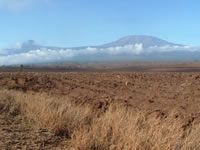
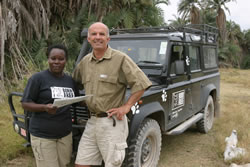
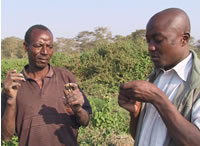
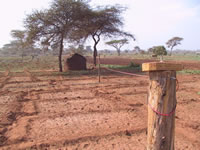
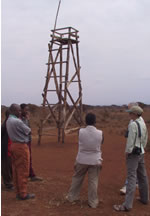
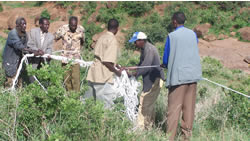
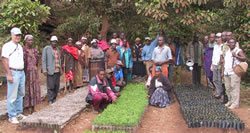
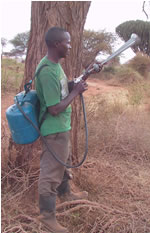
1. More and more farms gives less habitat for elephants and other wildlife, one main reason for the increased number of conflicts. 2. Project manager Winnie Kiruu and Petter Granli discussing by the Born Free project


